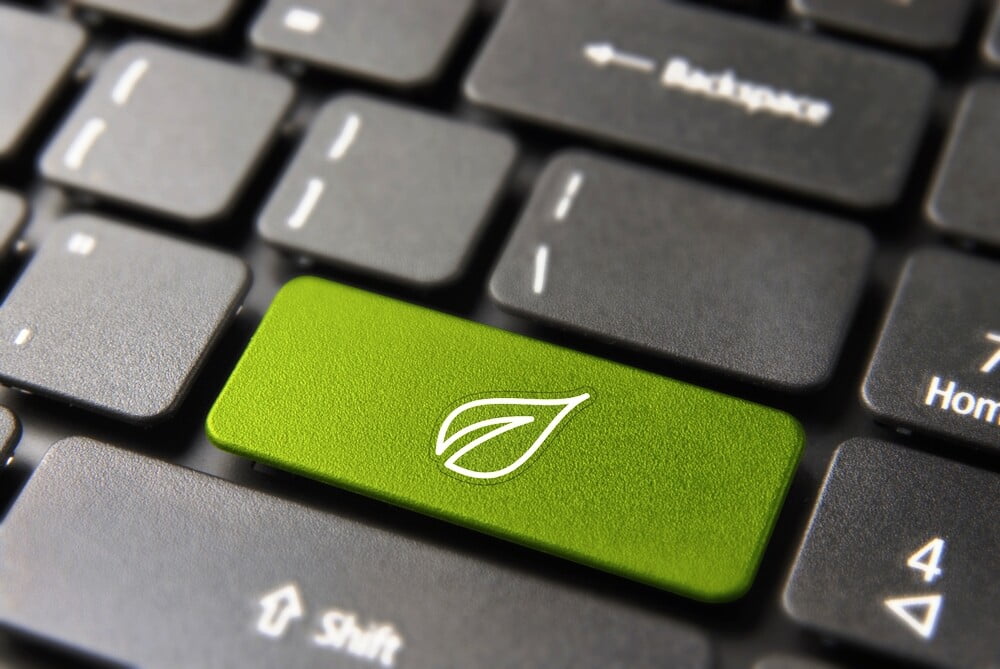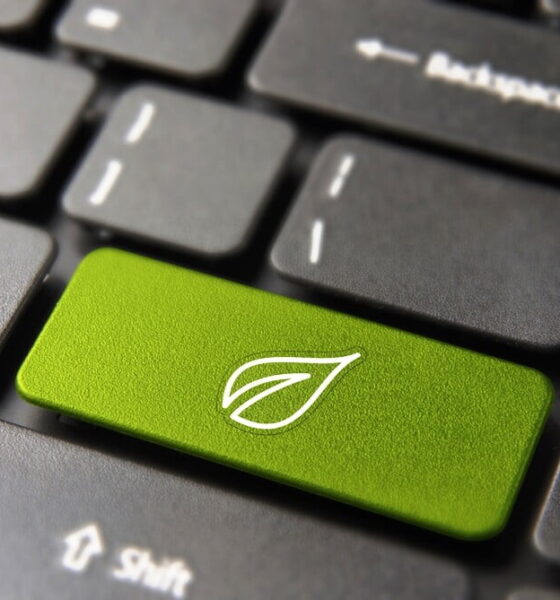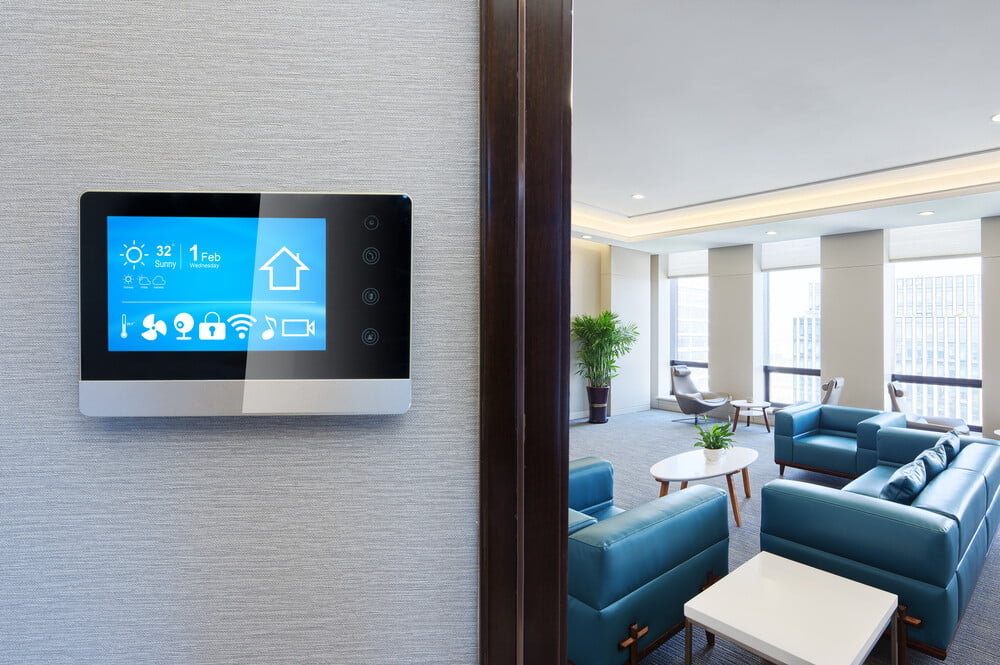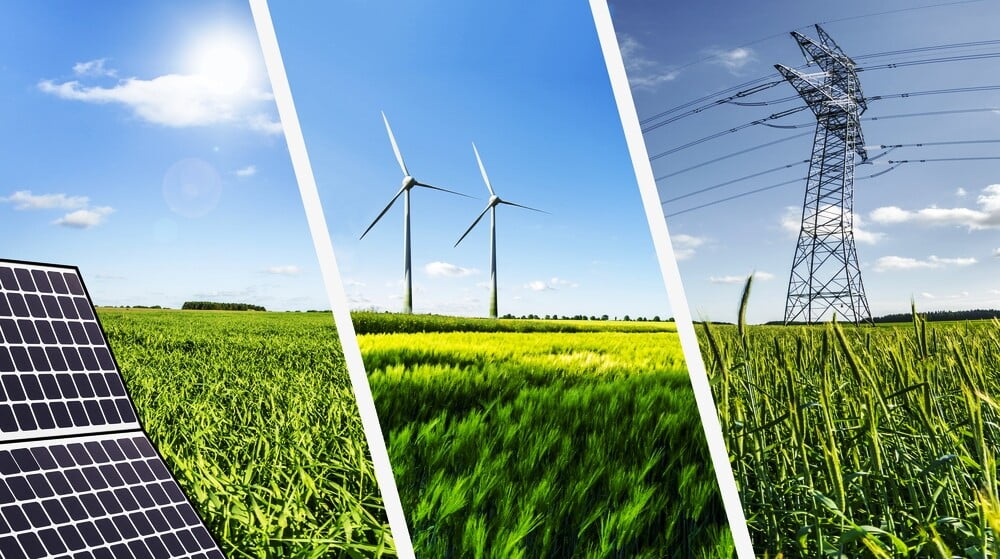

Editors Choice
The Best Tech Upgrades for Sustainable Living
Can technology save us from our unsustainable lifestyles? Some of the world’s leading tech companies are answering with an emphatic “yes.” As a result, technology tools for sustainable living are more available than ever, driven by consumers that demand greener, cleaner, and more socially responsible products. These products and tech trends promise easy and affordable ways for you to help the planet.
The $250 Trillion Green Revolution
Sustainability has emerged as the defining economic trend of the next decade and beyond. Climate change carries a potential $72 trillion cost for the economy. Businesses have responded by investing heavily in sustainable products, tools, technologies, and energy sources. Consumers overwhelmingly expect businesses to lead in sustainability. In a poll conducted by Cone Communications, 91% of consumers say that they expect companies to address their social and environmental responsibilities.
Nationally recognized entrepreneur and author Bill Roth estimates that this “green economic revolution” could emerge as a $250 trillion megatrend. This market growth is driving the development of new and innovative technologies that make sustainable living easier and more affordable for everyone. Roth calls sustainability “the economic driver of the 21st century.”
The Home of the Future
One of the biggest markets for green technology is the smart home market. Smart home technologies integrate Wi-Fi connected hardware and powerful automation tools to manage many of your home’s everyday tasks.
The smart home industry as some whole trends toward sustainability, though different people focus on different aspects. Consumers under 24 tend to use smart home tech for security, unlike older generations—Gen X tends to embrace wearable smart tech. Whichever generation you find yourself in, these next devices are just a few of the technologies driving the green revolution.
Smart Thermostats
Buildings account for 39% of all energy consumption in the US. Most of this energy goes toward heating and cooling, and almost all of it is derived from fossil fuels. Your home’s total carbon footprint is likely bigger than it should be, thanks to inefficiencies in your heating and cooling systems.

Shutterstock Licesned Image – By zhu difeng
Smart thermostats regulate the temperature of your house using smart, climate-sensitive controls, according to real-time data collected from sensors around your home. These devices also “learn” your preferences over time to adjust your home’s climate over the course of the day. These adjustments make your energy use much more efficient—homes with smart thermostats save up to 23% on energy costs, and many homeowners can pay off their smart thermostats within two years.
Smart Lighting
Lighting in the US is another huge energy sink, accounting for about 7% of total electricity consumption in the US. That number has dropped considerably in the last ten years thanks to LED lighting, which has seen increased adoption across the country. Smart lighting takes the efficiency of LED lights to the next level by integrating energy-efficient features and controls.
A smart lightbulb with a Wi-Fi connected app can be assigned a schedule so that it doesn’t stay on when you don’t need it. This setup saves lots of electricity (and money). Many include a smartphone app that you can use to turn the lights off remotely. Some smart lightbulbs can even learn your schedule and preferences over time, which offers a great home security feature. As an added bonus, when you’re away, your lights can mimic your natural patterns so that it appears that your home is occupied.
Renewable Energy
There’s no better way to offset your carbon footprint than to source your home’s electricity from the natural environment. Solar panels, solar hot water heaters, and residential-scale windmills all offer ways to offset your electricity costs, enabling a low-impact, sustainable lifestyle.

Shutterstock Licensed Photo – By FotoIdee
Residential solar specifically has come a long way in the past decade. As prices continue to fall, more and more states are offering tax breaks and incentives for solar homeowners. Home battery systems allow homeowners to use their electricity during power outages. You can even leave the grid completely and make your home 100% self-sustaining.
Sustainable Product Life Cycles
Smart home technologies like connected appliances produce a lot of data. By 2020, there could be up to fifty billion Wi-Fi connected devices in homes across the world. Using analytics driven by artificial intelligence, all the data produced by these devices could power substantial innovations in the way products are manufactured, used, and retired.
In a “circular economy,” the utility of smart devices could be maximized using these massive stores of data so that the resources used in their production are recaptured when the product reaches the end of its useful life. Investments in the development of a circular economy show how the focus of businesses is shifting towards greener practices.
The Bleeding Edge
New innovations in the green technology sector crop up every day, and businesses all over the world are looking for the next breakthrough in sustainability. Energy-capturing floorboards, solar roof tiles, edible plastics, and living buildings are all burgeoning technology options for the homeowner of the near future. With every new efficiency-improving technology, it becomes a little easier to live a sustainable lifestyle.
Conclusion
When it comes to sustainability, the smart home market could be one of humanity’s greatest hopes. Regardless of your budget, the rise of data collection and materials science is opening new doors for sustainable lifestyles. These technologies rise to meet the demands of society as we continue to grapple with the earth’s finite natural resources.
Climate change, environmental degradation, and social injustice are the biggest challenges of our time. If you’re looking for another way to do your part, support these technologies to help them grow and flourish, all while mitigating your own impact.


 Environment10 months ago
Environment10 months agoAre Polymer Banknotes: an Eco-Friendly Trend or a Groundswell?

 Environment11 months ago
Environment11 months agoEco-Friendly Home Improvements: Top 7 Upgrades for 2025

 Features9 months ago
Features9 months agoEco-Friendly Cryptocurrencies: Sustainable Investment Choices

 Features10 months ago
Features10 months agoEco-Friendly Crypto Traders Must Find the Right Exchange





























